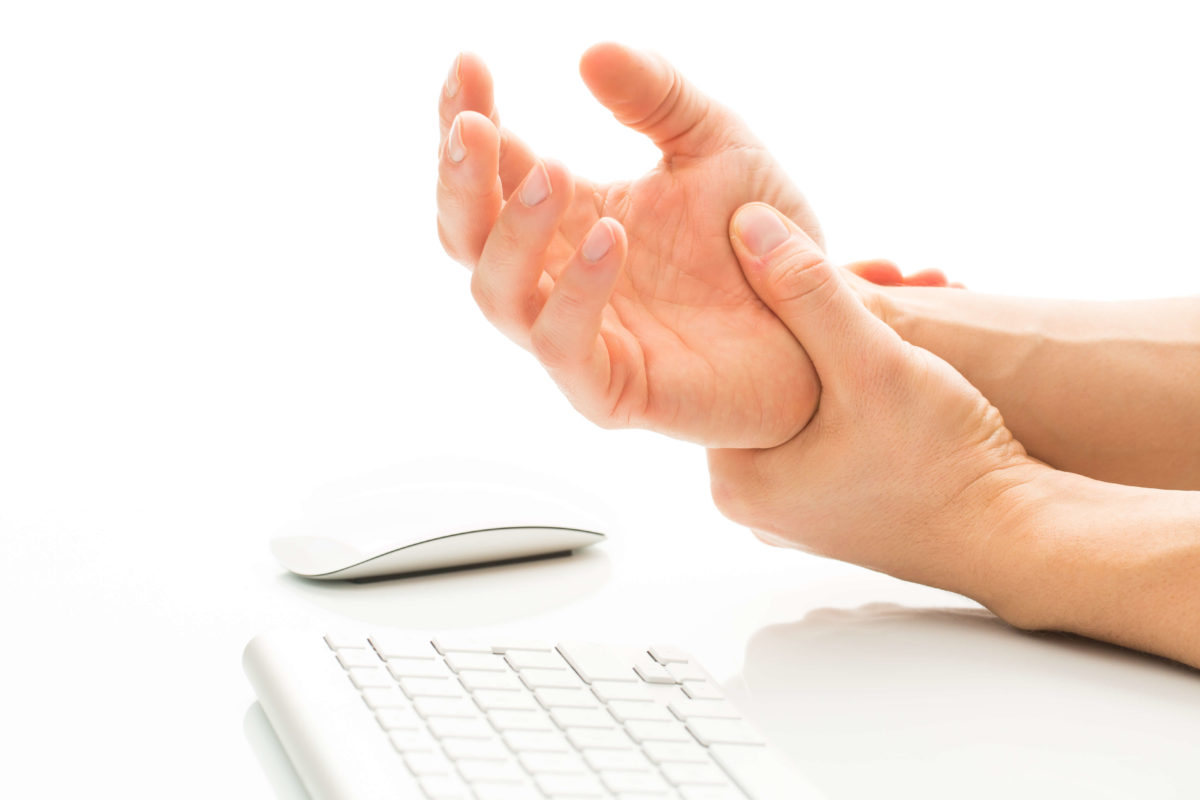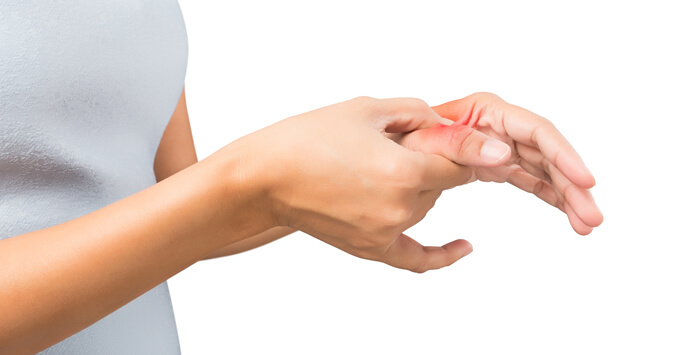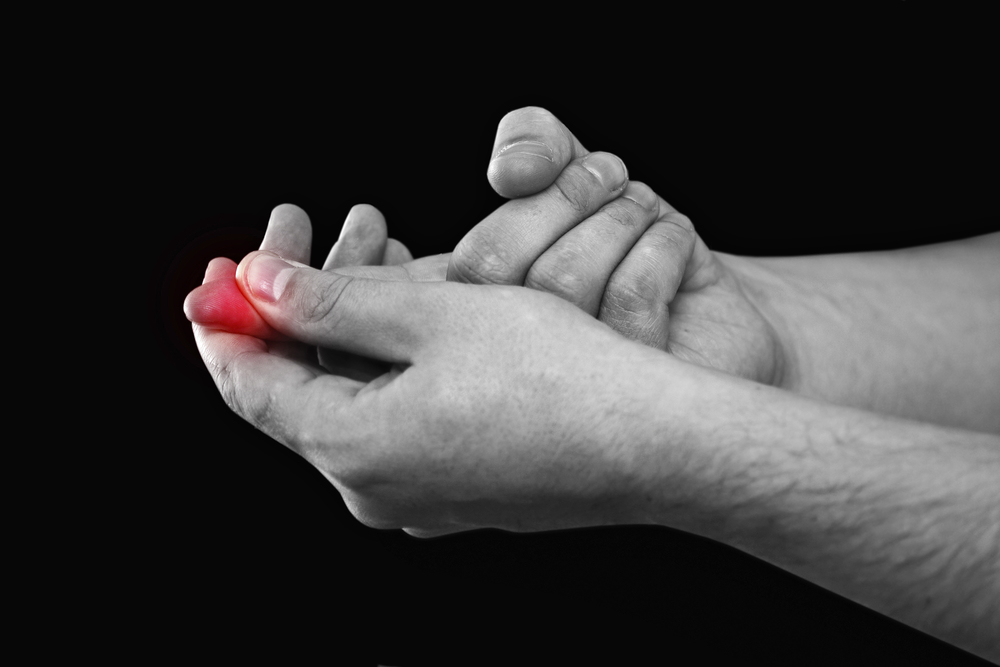Have you ever used your cellphone for so long that your hands became numb, your fingers stopped functioning properly, and you gave up on mentally blaming autocorrect? If so, it was probably slightly comical at the time. If this happens repeatedly, however, soon enough it won’t be funny anymore. If you do use your phone frequently, it’s important to know how to hold your phone to avoid hand and elbow pain.
If you don’t, eventually you could be dealing with something worse than just sore thumbs, uncooperative fingers, and a really hot ear.
Ways to Avoid Hand and Elbow Pain when Using Cellphones
1. Try using text-to-speak, at least every now and then.
2. Use a cellphone stand so you can set the phone on a table or desk instead of holding it. When you do, you can use any finger you want to play those games and give the other fingers a break.
3. Make a conscious effort to regularly stretch and flex your fingers, wrists, and elbows.
4. If you talk on the phone for long periods of time, holding the phone up to your ear can cause discomfort at your elbow. To avoid this problem, try using:
- A headset
- The speaker option
- A video calling app like FaceTime
- Internet calling options such as Skype
What Could Happen: Carpal Tunnel Syndrome and Cubital Tunnel Syndrome
You might believe that the tingling in your hands due to cellphone use is just a temporary sensation, and it probably is. But if you don’t make conscious efforts to avoid hand and elbow pain when using cellphones, you could end up facing some very real issues.
Carpal Tunnel Syndrome
Carpal tunnel syndrome is the result of swelling and pressure in a “tunnel” in the wrist, which consists of nine tendons and a median nerve.
Causes of this very common condition are unclear, but improper use of keyboards, tools, and even cellphones can increase CTS. Other examples of activities that can increase carpal tunnel syndrome include driving a motorcycle and playing a violin.
Individuals with CTS can experience tingling, a weaker grip, numbness, a tendency to drop things, and pain in the hand and wrist.
Cubital Tunnel Syndrome
Ever wonder why it’s far from funny when something hits your “funny bone”? To the contrary, it’s extremely painful. The truth is that what you feel comes from a nerve that runs behind a bone in the elbow through the “cubital tunnel.”
Pressure on the nerve can affect the blood supply to the nerve, causing arm pain and weakness in the hand. Direct pressure, such as leaning on your elbow, can compress the nerve and cause some of your fingers to “fall asleep.”
Both cubital tunnel syndrome and carpal tunnel syndrome are painful conditions that may lead you to seek medical treatment.
Contact Arora Hand Surgery for More Information
For more information about how cellphone use affects your hands, fingers, wrists, and elbows, explore the Procedures & Conditions pages of our website to learn more about symptoms you may be experiencing. If you’re regularly feeling pain or numbness in your hands or arms, contact one of our Arora Hand Surgery offices by phone or request an appointment online.























